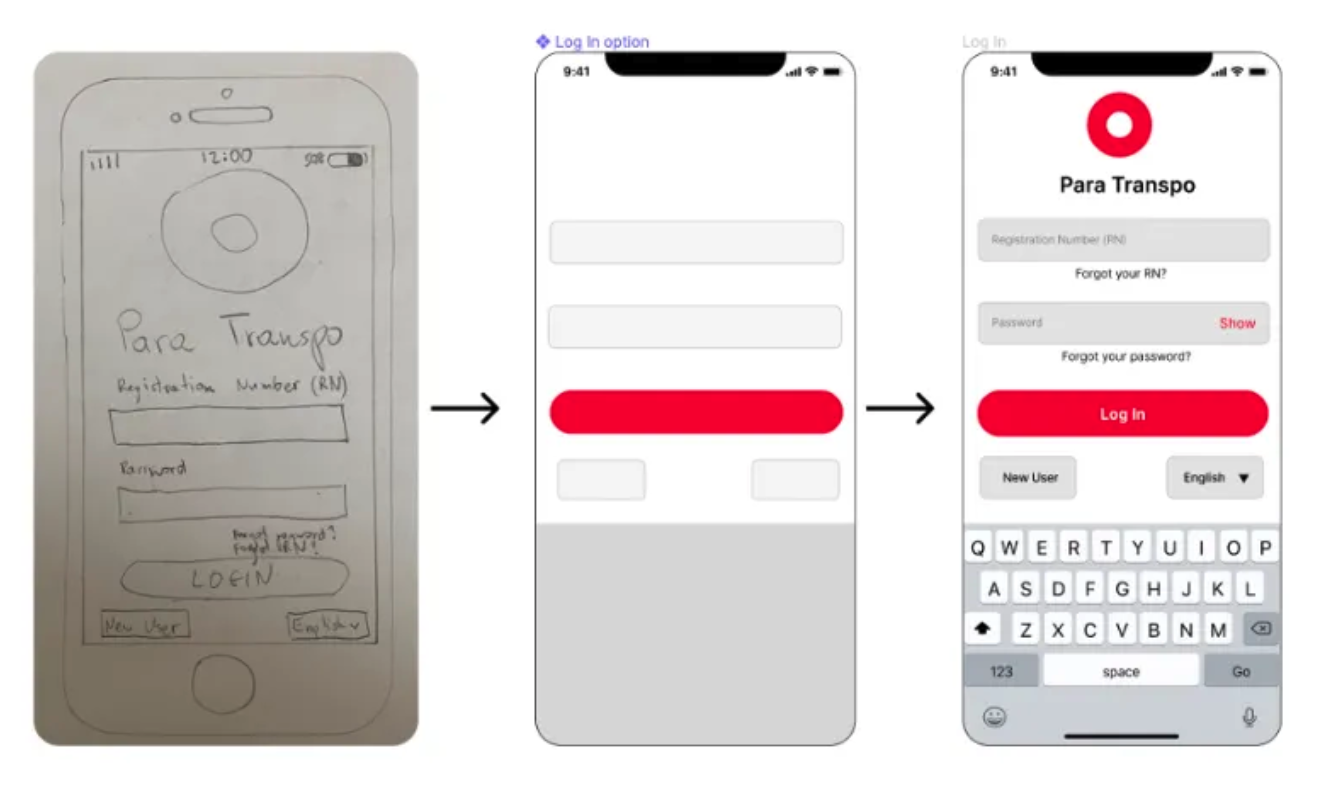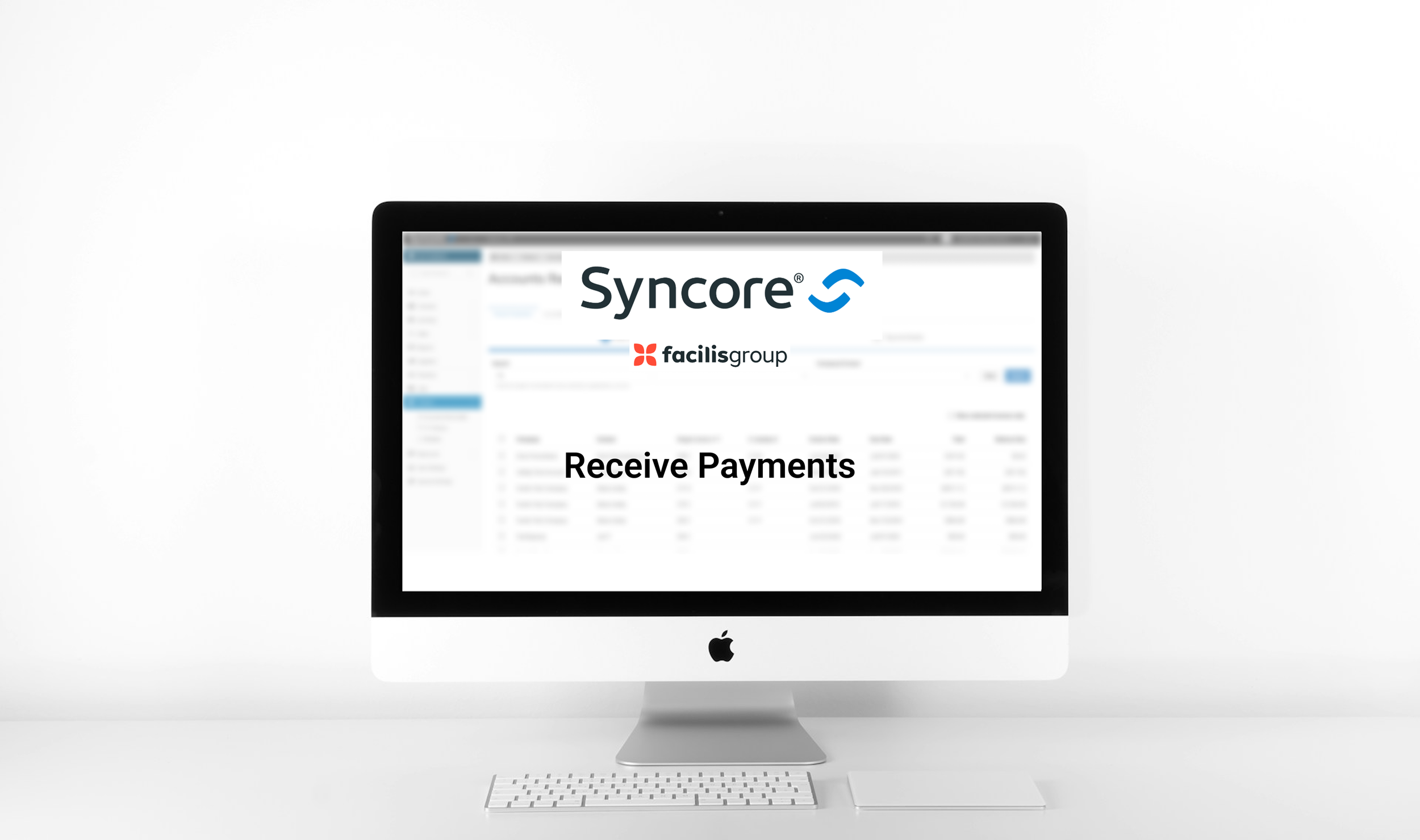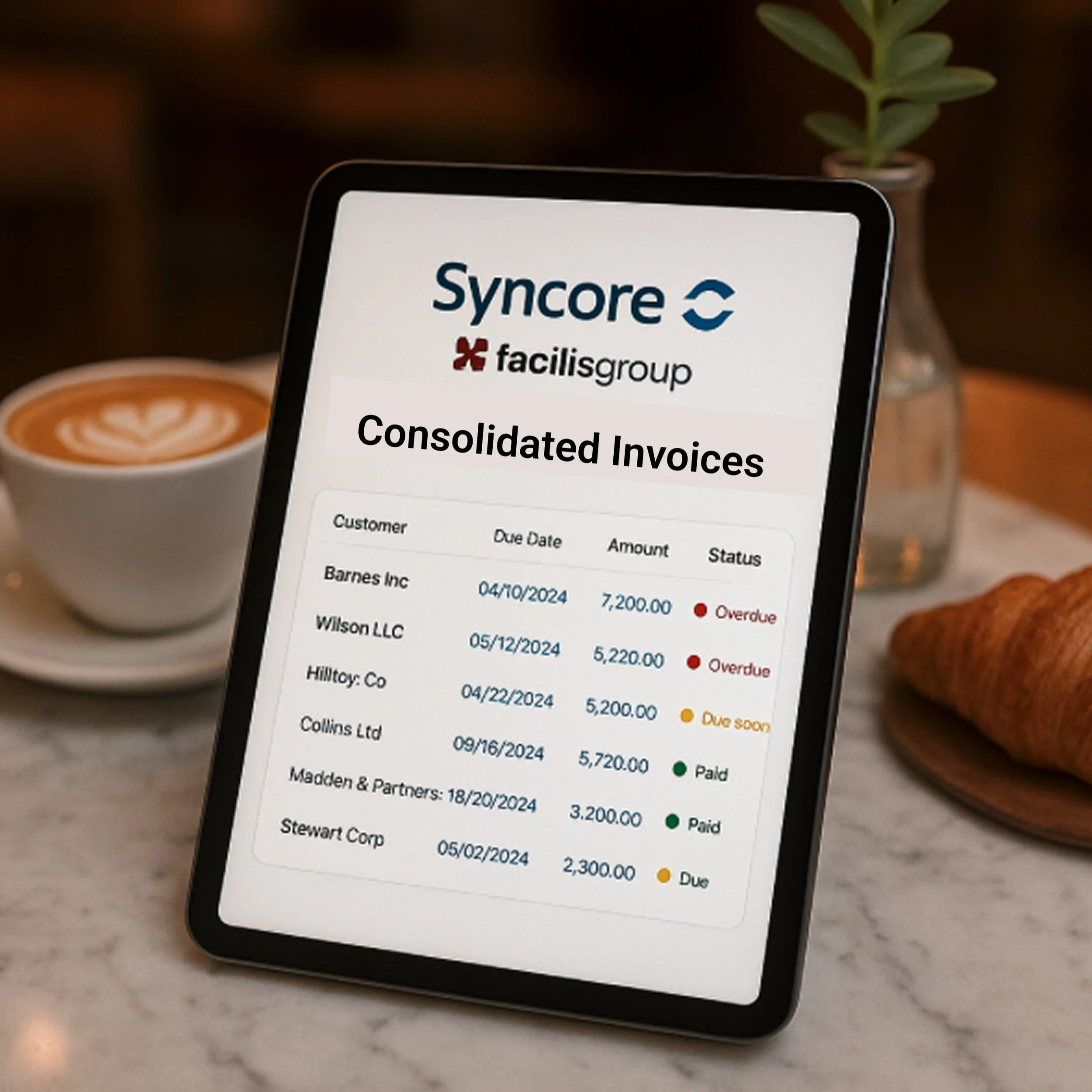Para Transpo Mobile App
Progression of the Para Transpo application concept
Role
UX/UI Designer
Duration
Q4 2020
Feature
Public Transit
Tools
Figma, Zoom, Trello, Google Forms
Context
Para Transpo is a public transportation service used by seniors and people with disabilities living in Ottawa. Para Transpo provides a shared ride, booked in advance, door-to-door service available to registered customers. At this time mobile apps are not available for Para Transpo users.
The Problem
Not long ago Para Transpo users could book their ride only by phone. This meant that users spent a minimum of 45 minutes waiting on the phone to book a bus for the following day. At the beginning of this year, Para Transpo introduced an online booking form on their website which is still under development. As you can imagine, this is a big game-changer for Para Transpo users as they no longer need to wait for hours on hold to book the next day trip. To inform enhancements to the current reservation form, Para Transpo customers are encouraged to send feedback about the current reservation form.
Picture this for a second: a user of this Para Transpo system has booked a trip to his doctor’s appointment one day in advance. The Para Transpo bus arrived at the pickup location and was waiting for the customer for 5–10 minutes. After a short waiting time, the bus is leaving without a customer. This situation can be easily avoided with a mobile app that reliably and accurately gives the users information about the bus location and arrival time in this city. Currently, Para Transpo has a 30 minute time window for pick-up. Customers must wait until the time window has elapsed before they can call and inquire about their bus. As I live in the apartment building with Para Transpo users I witnessed this situation happening on a few occasions.
Questions addressed by the app:
When will the bus arrive at the pickup location?
When will the user arrive at the destination?
How can a user book multiple regular trips with one interaction?
How can a customer have confirmation of a Para Pay ticket in the app without carrying a paper receipt?
Research
The first step in creating this application was the research and discovery phase. I started by conducting both user surveys and user interviews. My user survey was completed by over 20 participants who use Para Transpo. The survey asked questions about users’ public transportation usage, their current and preferred ways to navigate the public transit systems, and their preferences and usage of the future mobile app. Please click here to view this survey.
After that, I chose 7 participants from the survey to conduct interviews with. You can view selected examples of the interviews here.
Main findings from the surveys and interviews were:
58% of users feel that the online booking form is very confusing.
76% of users feel that the GPS system is necessary to track where the bus is and when it will arrive at the pickup location.
55% of users feel that both booking ways are useful — online form and by phone.
Findings from the user interviews and surveys
Summary of current users challenges:
Customers have no idea when the bus will arrive at the pickup location. If the bus arrives too early, after waiting 5–10 minutes the bus departs without a customer.
No Presto Card readers (tap machines) on the Para Transpo buses so users need to carry a paper receipt for monthly or single tickets which they can lose any time.
The buses are often delayed or cancelled due to weather and traffic.
Same-day booking not available for Para Transpo customers (Toronto has this option already). Currently, customers can book trips one day in advance.
Demand for Para Transpo services is on the rise as the population ages and the city expands, and more accessible buses are needed to keep up.
Current online booking forms are confusing for many users so many of them use phone reservation systems even that there is a long waiting time on hold.
From the information I gained during interviews, surveys and research I created a list of user priorities in the form of user stories. Once I will start the design phase, I would be able to stay focused on the most important features that would solve the original problem and the address needs of the users.
User stories
Visual Design
After the initial phase of user surveys, interviews and research, I moved to the information architecture phase. I started by creating sketches and lo-fi paper prototypes.
I conducted usability testing using my lo-fi paper prototypes with 7 different users.
The first screen is the login screen. The second screen is the home screen with an interactive map and multiple action options. The third screen shows the menu screen.
Four main important conclusions from the usability testing:
Participants said that the app looks modern and user friendly.
It was not clear for some participants that the map is interactive.
Some participants were unsure how to return to the home page from the menu page.
Participants reported they didn’t know how to save more places on the home page for quick bookings.
Final Prototype
Clickable prototype created in Figma
After receiving users’ feedback from usability tests I started creating a clickable prototype in Figma. I focused on issues brought up by the participants of the usability tests:
I created an “x” icon in the top right corner to exit the menu screen.
I made sure that the map design was created in a way that clearly showed interactive aspects. This was possible by placing familiar icons such as location icons.
I also created an “Add more” option on the home screen for quick and easy bookings.
During the creation of a clickable prototype, I followed the iOS Human Interface Guidelines to maintain consistency throughout my design. Also, I followed styles and colour coding used by Para Transpo to make sure the app is easy to use with already familiar visual design for customers.
* * * *
This case study did not include the full design of the app as I focused more on the users research and proposal of the visual concept for the future Para Transpo mobile app. I tried to understand the problems with the current booking systems more in depths, take a closer look at the users, understand their needs, and identify some design solutions that could improve the overall experience!








